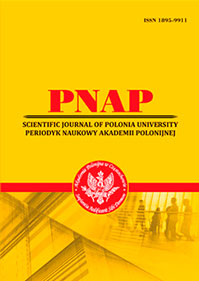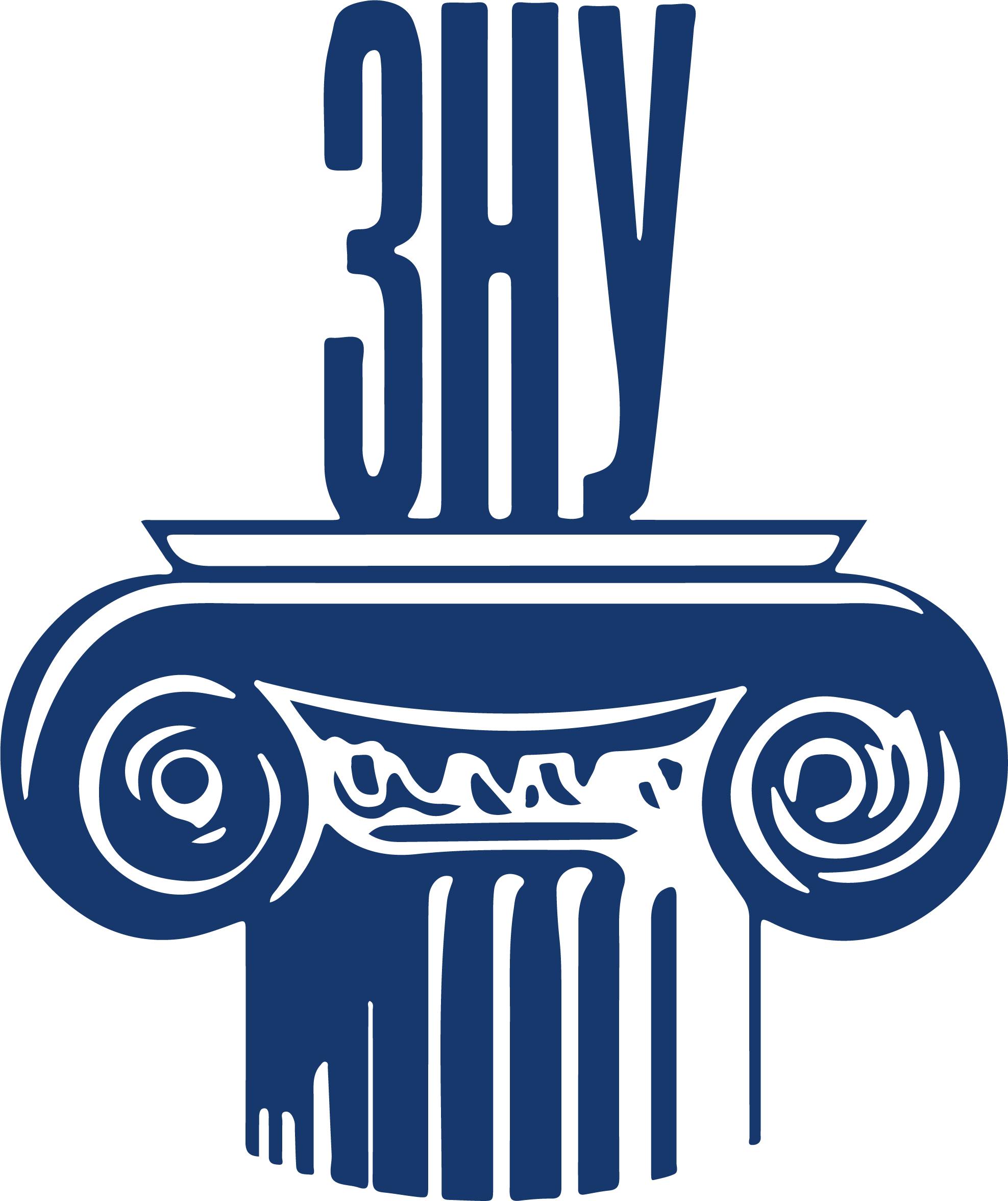«МОРБАККА» С. ЛАҐЕРЛЬОФ: СПЕЦИФІКА ЖАНРУ ТА АВТОБІОГРАФІЧНОГО «Я»
Анотація
Стаття присвячена висвітленню питання про жанрову специфіку та особливості художньої репрезентації автобіографічного «Я» у творі відомої шведської письменниці Сельми Лаґерльоф «Морбакка».У дослідженні зазначається, що у цьому тексті представлений внутрішньородовий жанровий синтез. Вказується, що «Морбакка» не є типовою автобіографічною повістю чи мемуарами: твір побудовано як низку окремих історій, кожна з яких має свою жанрову природу. Перша частина твору («Поїздка в Стрьомстад») має ознаки автобіографії та «подорожі»; друга частина («Історії старої економки») – це сімейні легенди з рисами хорору, казки, билички, романтичної новели; третя частина («Старі будівлі й старі люди») – побутові реалістичні нариси; четверта («Нова Морбакка») та п’ята («Будні і свята») частини містять чимало комічних історій, схожих на гуморески; шоста частина («Сімнадцяте серпня») є типовою ідилією. Жанрове розмаїття доповнюється та багато в чому і зумовлюється також наративною поліфонією. У зв’язку із чим на особливу увагу заслуговує питання про специфіку автобіографічного «Я» «Морбакки». «Реальне» або «історичне Я» «Морбакки» – відома шведська письменниця Сельма Лаґерльоф. «Я, яке розповідає» є складним та багатоголосним. По-перше, наратор розповідає про маленьку Сельму в третій особі, навмисне акцентуючи відстороненість, хоча і забарвлює оповідь власними емоціями (іронією, сумом тощо). По-друге, коли йдеться про внутрішній світ Сельми, наратор говорить не голосом дорослої жінки, а голосом дитини, достовірно передаючи дитячі думки та почуття. По-третє, голос наратора змінюється також тоді, коли йому випадає переповідати історії, почуті від інших («наївний» голос старої економки, веселий голос пана Лаґерльофа). По-четверте, в останній частині твору, післямові, наратор дозволяє собі оповідь від першої особи: відбувається повернення у світ сучасності, до себе – дорослої жінки. «Я, про яке розповідається» у цьому творі – це щаслива дитина в основній частині твору та охоплена спогадами й тихим сумом жінка, «вигнанниця з раю» в післямові. «Ідеологічне Я» може бути охарактеризоване як «дівчинка з казки».
Посилання
2. Лаґерльоф С. Морбакка / пер. Н. Іванчук. Львів : Видавництво Старого Лева. 2023. 232 с.
3. Рубан Л. Умови розвитку обдарувань Сельми Лагерлеф – видатної шведської письменниці. Науковий вісник Південноукраїнського національного педагогічного університету імені К.Д. Ушинського. 2022. Випуск 4 (141). С. 27–32.
4. Сенюк О. Сельма Лагерллеф та її творчість. Сага про Єсту Берлінга. Київ : Дінпро, 1971. С. 5–16.
5. Bergenmar J. Selma Lagerlöf, Narrative and Counter-Narrative: The Question of Sources in the Historical Understanding of an Author’s Work. URL: https://www.academia.edu/14814151/Selma_Lagerl%C3%B6f_Narrative_and_Counter_Narrative_The_Question_of_Sources_in_the_Historical_Understanding_of_an_Author_s_Works (дата звернення: 25.07.2025).
6. Smith P. Discerning the Subject. Minneapolis : University of Minnesota Press, 1988. 179 р.
7. Smith S., Watson J. Reading Autobiography : A Guide for Interpreting Life Narratives. Minneapolis. Lon- don : University of Minnesota Press, 2001. 296 р.

Ця робота ліцензується відповідно до Creative Commons Attribution 4.0 International License.
 ISSN
ISSN 


.png)




